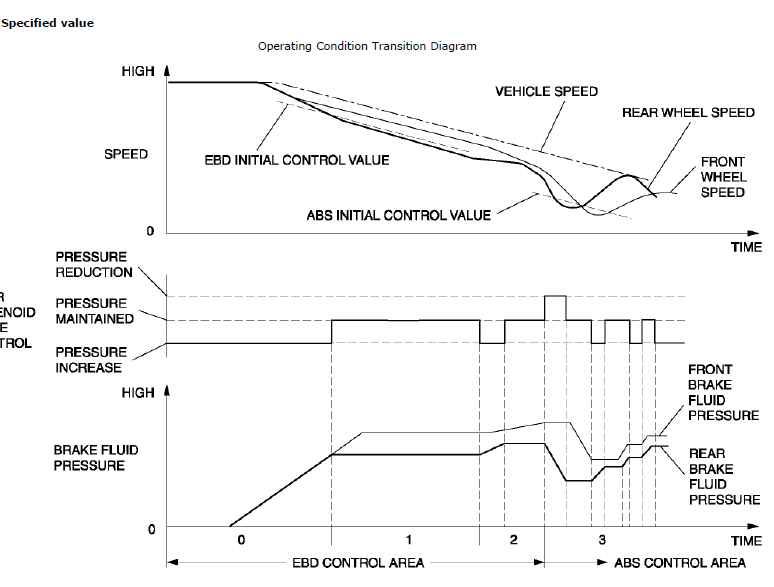- :
- 2022 2.5GT
The proper way to measure brake temperature is with a non-contact IR thermometer like all racing teams use. I have a professional quality one that was about $380 6 years ago. When I first heard the CX-5 used brake force distribution to transfer more of the braking force to the rear under light acceleration I tested it out. First I checked that both disks were the same temperature (ambient) and then I drove about a mile making sure to only use light brake applications. This was a couple of years ago and I don't remember the specific temperature differential, but the rears were indeed considerably warmer.
When conducting this test, it's important to be on clean dry pavement because the CX-5 can detect the presence of rain slickened pavement and will automatically send more braking force to the front. The BFD also applied more force to the rear at the initial brake initiation because weight hasn't transferred to the front yet. This initial stronger pulse to the rear helps settle the chassis (lowers the front ride height slightly and momentarily in a gentle manner) and this reduces some of the negative effects of brake dive when the front brakes are applied more strongly. Said another way, it pre-loads the front suspension slightly to reduce the momentum of brake dive.
Yes Anchorman, the BFD really does distribute more braking to the rear wheels when it's advantageous to do so. I've measured it. Mazda says it does it. You, inexplicably deny it. (spin)
Not like you to rubbish somebody’s post Mike. I’ve got a calibrated temp gun and will try this test of yours when my car comes in a couple of weeks. In the meantime I’ve got to figure out how all the rear brake dust gets to my front wheels on this CX-3.

